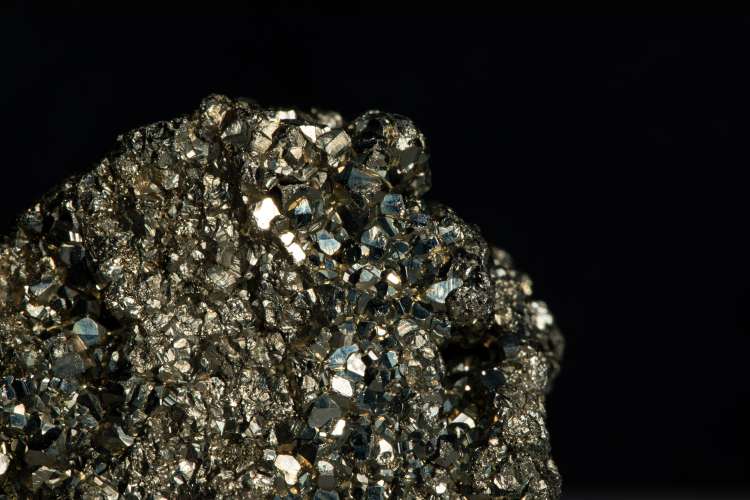
India’s uneasy dependence on China has long been a strategic vulnerability, particularly in critical supply chains. From electronics to pharmaceuticals, China dominates global production—and India has not been immune. As New Delhi pushes for self-reliance through its Atmanirbhar Bharat initiative, the reality remains stark: China’s grip continues to stifle progress. The latest blow comes from Beijing’s decision to tighten export controls on rare earth elements, triggering alarm bells across India’s electric vehicle industry.
Beijing has imposed sweeping curbs on the export of key rare earths, including magnets indispensable for EVs. These materials—used in everything from power steering and electric windows to high-efficiency motors—are now harder to source. The restrictions have sent tremors through the Indian auto sector, which is already heavily reliant on Chinese imports for EV batteries and components.
READ | Rural India powers FMCG revival amid urban demand slump
Not just India’s problem
According to The New York Times, while stockpiles vary across sectors, the broader automotive industry is bracing for production disruptions. Industry bodies have approached the ministry of heavy industries and the ministry of external affairs, seeking a streamlined process for Chinese exporters to supply rare earths to Indian buyers. The request: allow a single approval per exporter-importer pair for six months, rather than tedious, shipment-wise clearances.
India’s plight is part of a wider global challenge. The United States and European Union have also long depended on China, which holds a near-monopoly on the production of REEs, electronics, telecom gear, APIs, and drone components. China’s dominance isn’t just in mining—it’s in refining and processing, which gives it unmatched leverage over advanced industries.
This isn’t the first time China has wielded rare earths as a strategic weapon. In 2010, amid a diplomatic row with Japan over a fishing trawler incident, China halted exports of rare earths to Tokyo. The episode sent shockwaves through global markets and served as an early warning of how Beijing might weaponise critical minerals. Japan responded with a multipronged strategy—stockpiling, diversifying supply through deals with countries like Australia, and investing in recycling. These efforts have since brought down Japan’s dependence on Chinese REEs from 90% in 2010 to around 60% in 2023.
China’s near monopoly in rare earths
Rare earth elements—17 in total, including neodymium, samarium, dysprosium, and gadolinium—are vital for high-tech manufacturing. Their uses span smartphones, clean energy technologies, defence systems, and everyday electronics. Although not as rare in the Earth’s crust as precious metals, REEs are rarely found in concentrated, economically viable deposits. This makes refining expertise the real power—and that’s where China has a commanding lead.
Since the 1990s, China has tightly controlled REE production, classifying them as strategic minerals. Today, it accounts for between 85% and 95% of global supply. While other countries like the US, Australia, India, and Russia also have deposits, none can match China’s scale or processing capacity. The latest export curbs—on seven key metals including terbium, lutetium, and scandium—underscore how China uses its mineral dominance as a geopolitical lever.
India’s EV industry at risk
India’s electric vehicle sector, though growing, is still in its infancy compared to China’s. Despite having an estimated 6.9 million tonnes of rare earth reserves, India lacks the infrastructure to extract and refine them at scale. As a result, it remains dependent on imports—largely from China. In 2024 alone, India is estimated to have imported $7 billion worth of EV batteries and rare earth magnets from Chinese suppliers.
The immediate fallout from China’s new policy is likely to include production delays, rising input costs, and slowed innovation in EV motor technologies. For a country aspiring to be a global EV hub, this is a major roadblock.
India’s critical minerals push
Recognising this strategic risk, India has taken initial steps to secure its future. The Economic Survey 2024–25 flagged India’s dependence on China as a structural vulnerability and called for urgent diversification of sourcing. As part of that broader strategy, the government has released a critical minerals list that prioritises rare earths and lithium for domestic development.
More importantly, India set up KABIL (Khanij Bidesh India Ltd)—a joint venture between three public sector undertakings—to identify and acquire critical mineral assets abroad. This initiative, though still in its early stages, aims to replicate what countries like Japan have done: diversify away from Chinese suppliers and gain control over upstream resources.
However, domestic refining remains the weak link. China processed more than 200,000 tonnes of rare earths in 2023, compared with the paltry 10,000 tonnes handled by India’s state-owned IREL. Bridging this capacity gap is a critical national priority.
The untapped potential
In parallel, India must explore scalable alternatives to fresh mining—chief among them, urban mining and rare earth recycling. Globally, countries are turning to e-waste recovery to extract valuable REEs. Japan, the EU, and the US have launched major research and industrial-scale efforts to build this capability.
India, with its rapidly growing electronics market and large informal e-waste sector, has untapped potential in this domain. A formalised rare earth recycling ecosystem could provide a double dividend: reduce import dependence and mitigate environmental costs associated with primary mining.
India must move beyond reactive policy responses and build a resilient supply chain for rare earths—from exploration and mining to refining and recycling. The answer lies in a combination of strategic imports, overseas asset acquisition, and urgent investment in domestic infrastructure.
Public-private partnerships, research grants, and technology tie-ups with allies like Australia and Japan must be fast-tracked. Without this, Atmanirbharta will remain a slogan rather than a strategy. And the EV revolution, instead of gaining momentum, risks stalling on the side of the road.
